
The tyres lifespan depends both on their technical characteristics and operation conditions. While a car owner cannot affect the technical features, set by the manufacturer, he is still able to prevent the premature wear of tyres by changing their operating conditions. In this article we will talk about the measures that should be taken.
Why tyres wear out prematurely
- High speed driving. Exceeding the speed index specified by the tyre maker leads to their overheating and sometimes to total pressure loss. When you overcome an obstacle at a high speed, the blow force is much higher that at a quiet driving. This significantly increases the risk of cord thread breakage, leads to wheel unbalance and damage to the suspension elements. Exceeding the permissible load index leads to similar consequences.
- Aggressive driving style. Sharp start and braking result in heavy tread wear. At high speed cornering the outer tyre part wears out more. At emergency braking with a locked wheel the area contacting the road surface may wear out.
- Improper tyre pressure. Statistically, tyres with the pressure level lower than recommended by 40% wear out faster by 60%.They are more subject to overheating, which reduces braking efficiency and their wear resistance. Besides, they become softer, which leads to increased fuel consumption and has a negative impact on the vehicle handling. In this case the tread edges are more exposed to wear. Too high pressure level leads to narrowing of the contact patch and increase of braking distance. In this case the central tread part wears out.
- Non-compliance with weather conditions in which the vehicle operates. Winter tyres produced from soft material are significantly subject to abrasion wear. Summer tyres loose elasticity at low temperatures which substantially increases the risk of tyre break in case of puncture.
- Wheel unbalance. In the result of uneven wheel rotation the tyre may wear out by separate spots along the entire tread surface.
- Wheel misalignment. It reduces the useful life by 15-30%. It can be defined by one-sided tyre wear.
- Check your tyre pressure every week.
You’ll find the correct pressure for your car’s tyres on their sidewalls or in the owner’s manual. - Maintain proper wheel alignment.
Incorrect wheel alignment can cause abnormal tyre noise, impaired handling, slower steering response, pulling to one side, and uneven tyre wear. - Have the wheels balanced after every tyre change or every 15,000 kilometres.
Unbalanced wheels cause premature tread wear and damage to the suspension components. If you notice unusual vibrations when driving, take your car to a mechanic. - Increase the tyre pressure if you’re not going to use your car for a long time.
If your car isn’t going to be in use for an extended period, inflate the tyres to the maximum allowed pressure to prevent flat spots on the tread surface. - Avoid aggressive driving.
Accelerating and braking smoothly and maintaining a steady speed will help to avoid premature tyre wear. - Use the right tyres for the season.
Winter tyres perform best at temperatures below 7°C, and summer tyres at temperatures above 7°C. Switch to winter tyres when the temperature consistently gets to 7°C and below. When the average daily temperature rises above 7°C, switch back to summer tyres. - Store the tyres properly between seasons.
Store your tyres in a cool, dry place. Keep them protected from sunlight, moisture, and dirt. Stack tyres mounted on wheel rims on their sides or hang them up. Store dismounted tyres in an upright position.


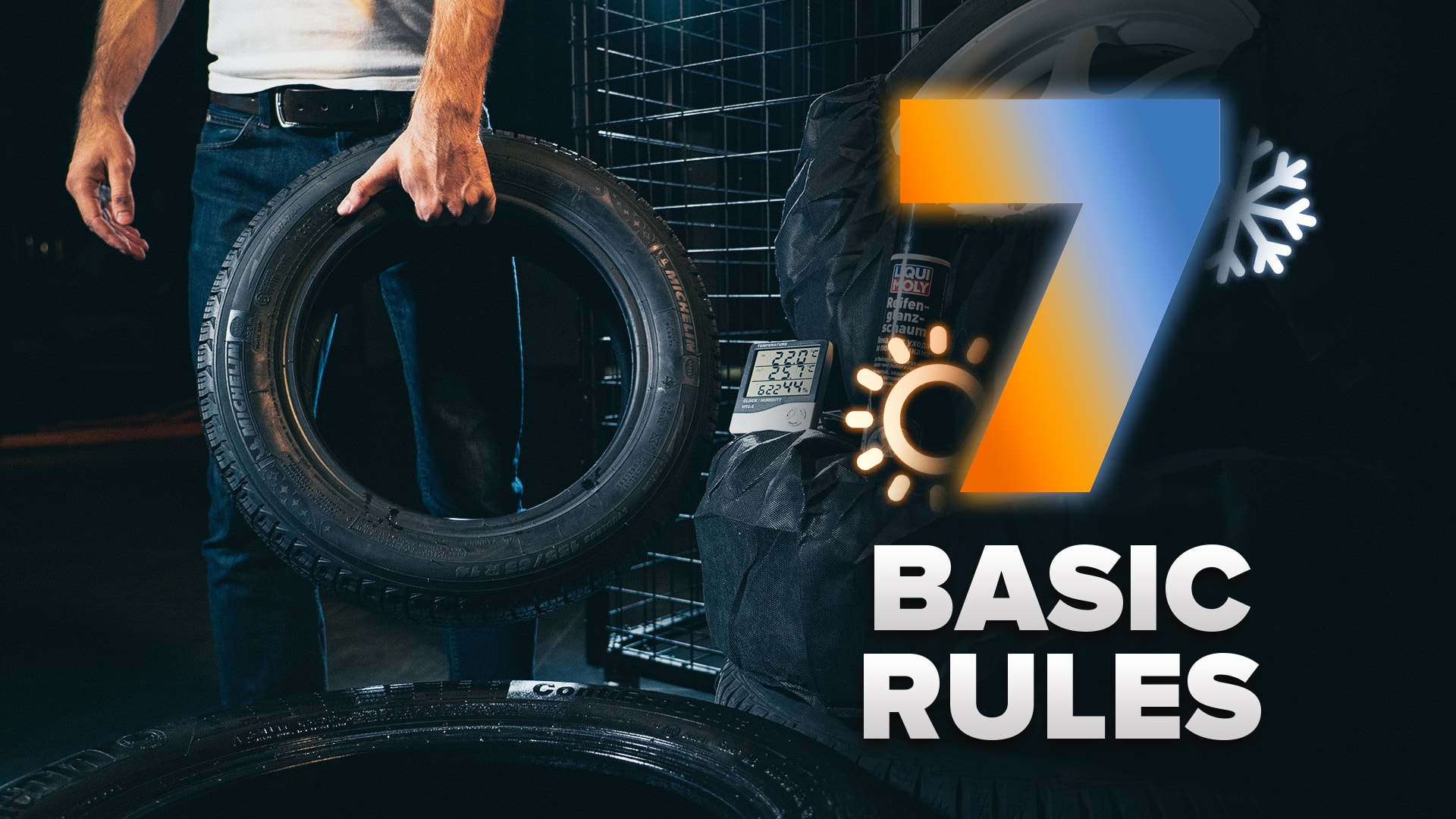
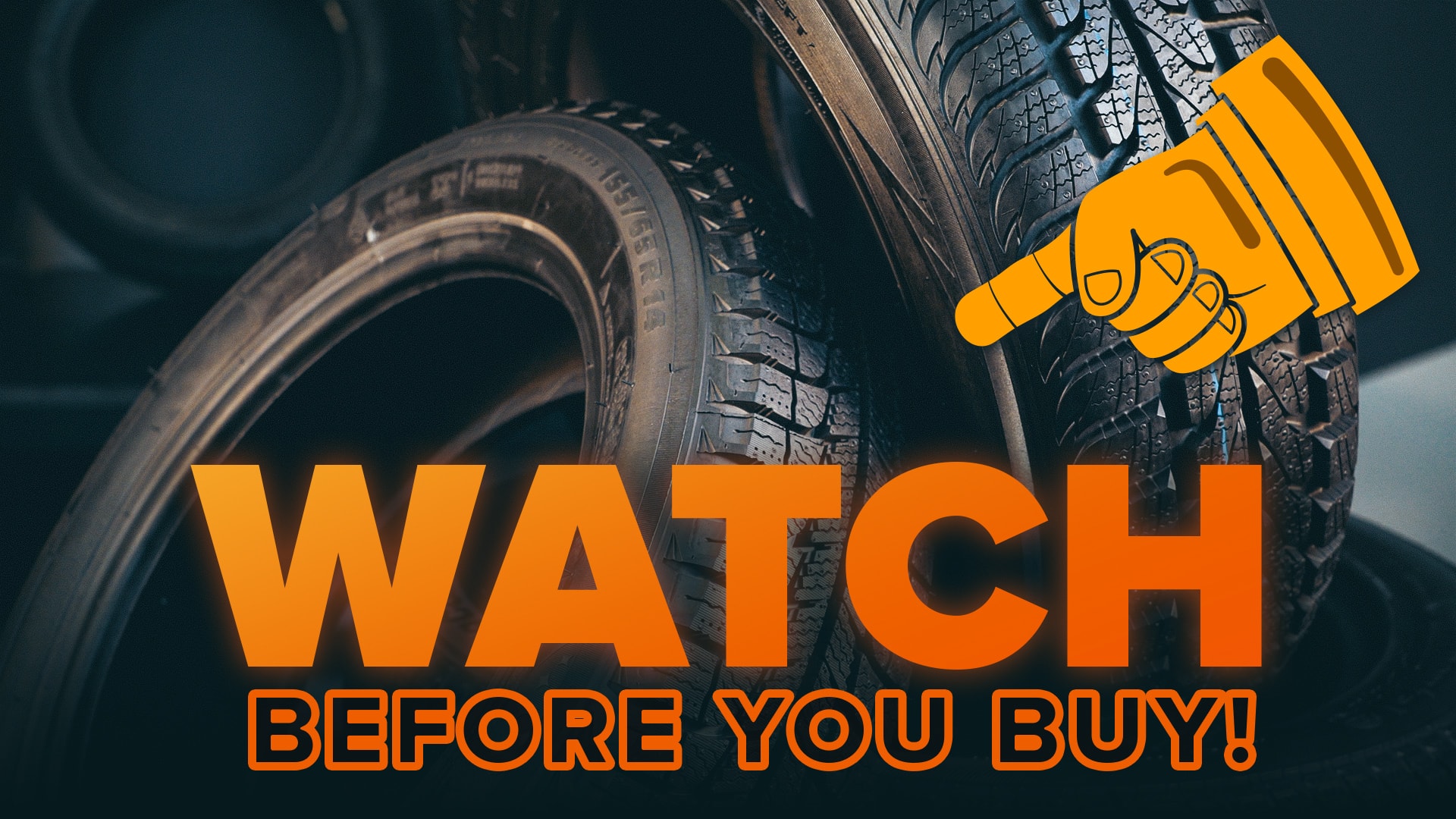
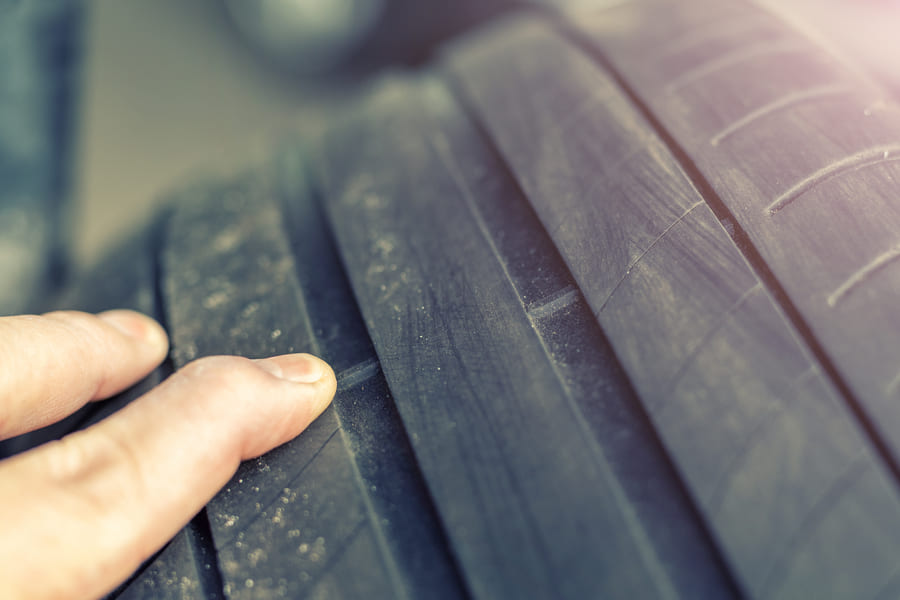
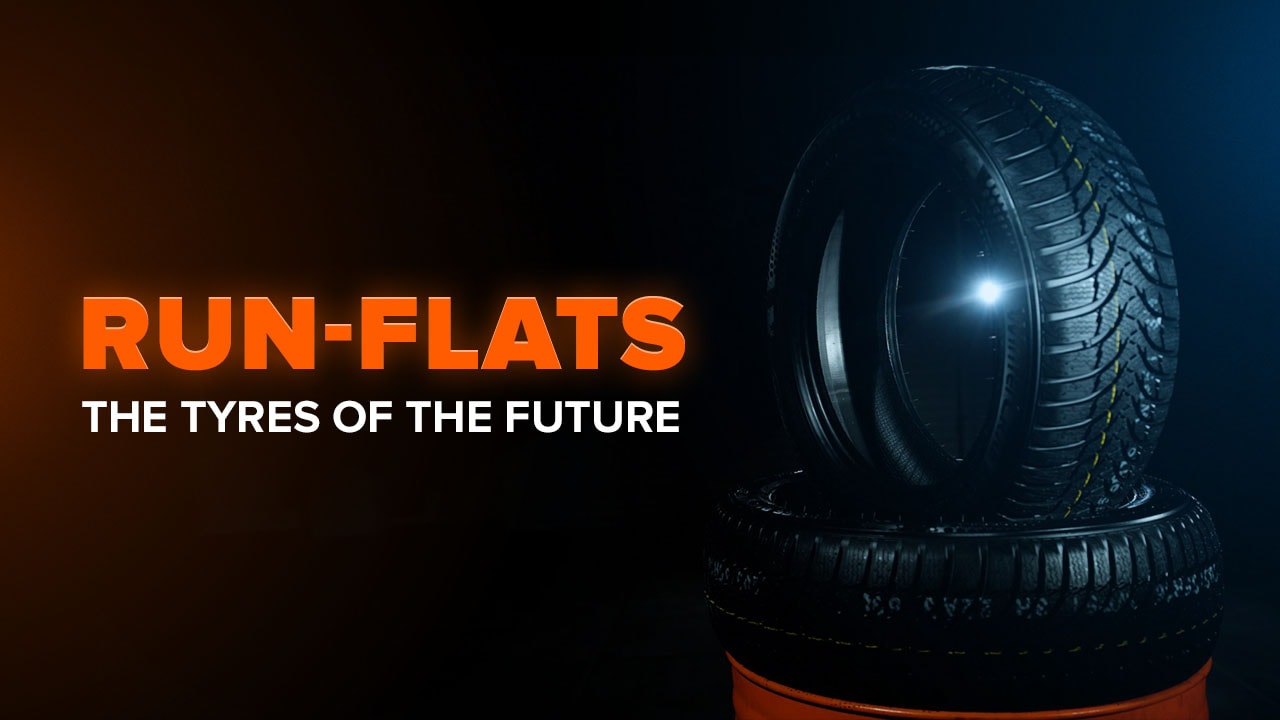

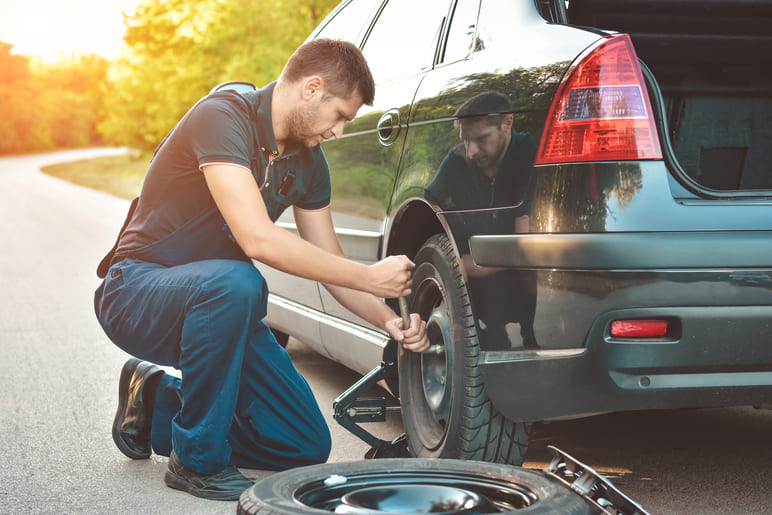
Comment